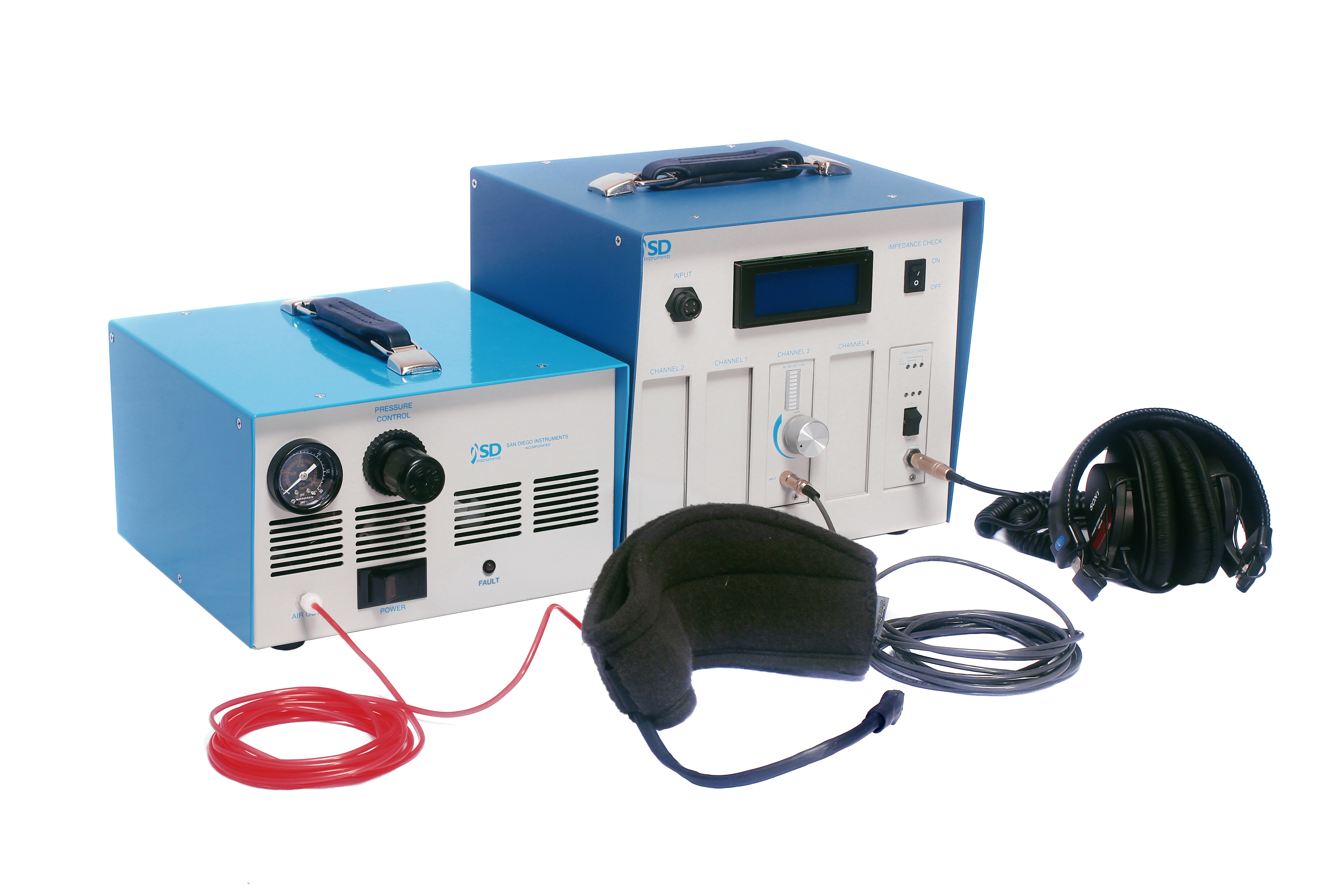Startle response, prepulse inhibition, and sensorimotor gating are at the forefront of autism spectrum disorder studies. Understanding how they work together can provide further understanding of how startle response overstimulation or deficits occur. In this blog post, we will discuss what startle response is and why it is a key subject in autism studies.
What is Startle Response?
Startle response is a rapid, extreme response that occurs in the body when an action or noise surprises a living being1. The response is carried out as a defense mechanism, often in the form of an eyeblink, a twitch, or other involuntary movements of the limbs2. In animals, this response occurs to help avoid predators and other dangers. However, the startle response in humans is often found in those with neuropsychiatric disease, neurological disorder, PTSD, or Autism3.
Why Is Startle Response at the Center of Autism Studies?
Autism spectrum disorder (ASD) is a neurological and developmental disorder that impacts how people behave, learn and interact with others (NIMH). One of the behaviors frequently present in people with ASD is heightened or reduced sensitivity to light, noise, and other elements. The response to stimuli is processed by the sensorimotor gating mechanism, which is designed to reduce excessive stimulation and can be measured by looking at prepulse inhibition (PPI)3. Prepulse inhibition is part of the startle reflex and primarily reduces the startle response by using a weaker prestimulus milliseconds before the startling stimulus occurs4.
Those who experience heightened sensitivity are more likely to exhibit startle reaction symptoms. Therefore, it is essential that research is carried out so that scientists understand startle response and how it affects those with autism. A study carried out by Kohl and Wolters in 2014 showed no deficiency in prepulse inhibition in those with high-functioning autism. These findings were contrary to other studies which reported prepulse inhibition deficits in high-functioning autism, suggesting the sensorimeter gating is only impaired in certain subgroups with ASD5.
PPI can be detected in both humans and animals, and studies are currently carried out on human subjects and rodents to learn more about what impacts the startle response in people with ASD. To accurately and safely conduct studies on rodents and humans, high-quality equipment is available with a range of accessories and software to support testing.
San Diego Instruments and Startle Response Studies
San Diego Instruments have designed and manufactured a startle response system that is used worldwide. Our SR-HLAB startle response system is a solution comprising hardware and software that is used in the research of startle habituation, and pre-pulse inhibition (PPI) applications.

Both systems feature intuitive, menu-driven software that can be set up quickly and efficiently, with no programming skills required. This provides a high level of flexibility, allowing you to access clear, comprehensive chart views of your results at a glance. Additionally, all data collected is stored in a single file for convenient retrieval.
Contact us today for more information on startle response in Autism studies or startle response testing.